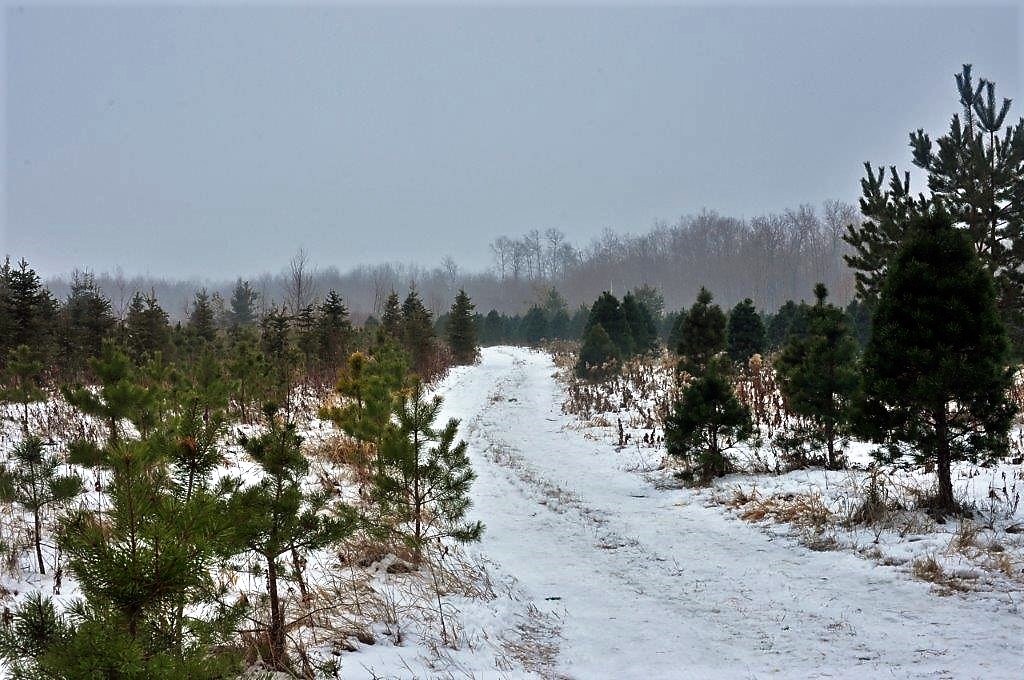One of the greatest joys of traveling is discovering the “old country.” When it comes to my father’s homeland, I know he was born in a small village near Vienna in Austria – or the Austro-Hungarian Empire, as it was called in 1907. His father was from Germany; his mother from Poland. They left Europe when my father was an infant, travelled by ship across the Atlantic, and found their way to Manitoba’s Interlake region.
The Interlake must have looked quite different from the picturesque rolling hills of the Danube Valley they left behind. Gazing over those hills on a trip to Austria with Viking River Cruises, I can’t help but think about what life here was like back then. I wonder what my family was like. Did their eyes gaze upon some of the same places I’m now seeing for myself?
Maybe they saw the spectacular Benedictine Abbey monastery, perched on cliffs overlooking Melk, Austria. It rises majestically and steeply above the Danube, in a location that has been home to Benedictine monks since the ninth century. In the early 1700s, after many wars and plagues, the Abbey was rebuilt to its present form with seven inner courtyards, and bright yellow and gold outbuildings. Its library contains more than 85,000 leather-bound books and medieval manuscripts, and its octagonal church dome and twin spires are noticeable from miles around.
I wonder if my dad’s family ever noticed them.
The stretch of the Danube from Melk to Vienna is one of the loveliest regions imaginable. Riverbanks on both sides are dotted with castle ruins, medieval towns, and terraced vineyards. The views are breathtaking, and a magnificent buildup to arriving in Austria’s capital – one of Europe’s most elegant and romantic cities.
Occupying a prime location at the junction of routes going east to west, and north to south, Vienna has always been an important centre of economics, culture, and politics. It boasts buildings from every architectural era, opulent palaces, grand residences, and a world renowned opera house. It also has an art and musical history that made its mark on the world, with acclaimed composers like Franz Schubert and Johann Strauss once calling Vienna home.
Prater Park, in an area that was restricted as imperial hunting grounds until 1766, is where locals and tourists alike go to relax and have fun. Here you’ll find an expanse of rugged wooded space, formal gardens, coffee houses, pasty shops, a sprawling amusement park, and a huge Ferris wheel dating back to 1896. This Viennese landmark has been featured in classic films, and offers a fantastic view of the city.
The best way to end a day of exploring Vienna is on the promenade alongside the Danube. Find a quiet place along shore, sit back with a beverage, and soak up the sight of the moon rising over the water. From this breathtaking vantage point, it’s easy to see how the river inspired the world’s most famous waltz.
It fascinates me to think my grandparents might have danced to The Blue Danube Waltz somewhere along this very shore, more than a century ago. Making Vienna more intriguing, enchanting, and memorable than I ever could have imagined.







